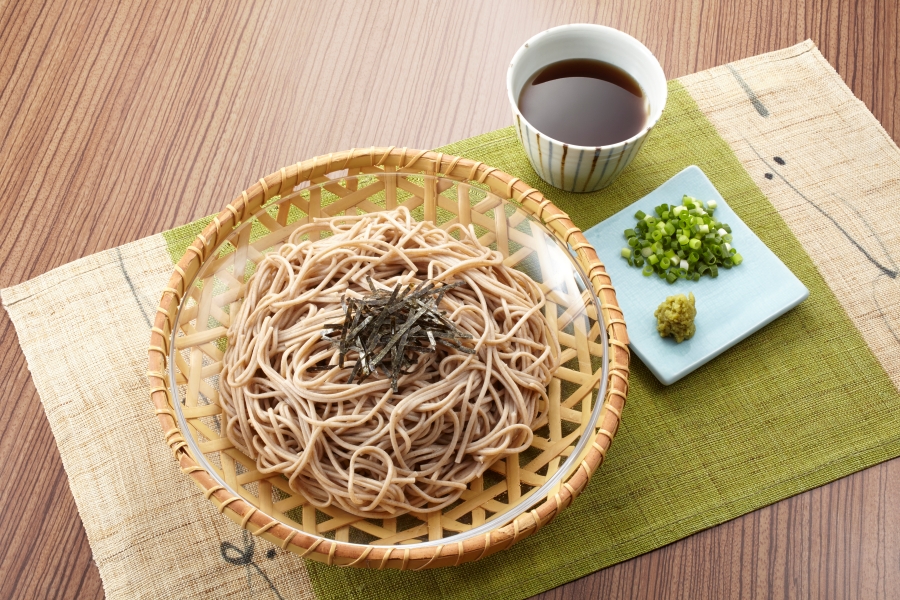Vegetarian and Vegan Food in Japan: What You Can Eat and Where to Find It

Traveling in Japan is a dream for many food lovers — but if you’re vegetarian or vegan, you might wonder: What can I actually eat here?
While Japanese cuisine often includes fish or meat-based broth, there are still plenty of delicious options that align with vegetarian or vegan lifestyles. Here’s your guide to enjoying Japan’s plant-based side.
1. Understanding the Challenge
Japanese food culture values umami, often coming from fish-based dashi (broth) made with bonito flakes. This means even seemingly vegetarian dishes — like miso soup or tempura — can contain hidden animal ingredients.
But don’t worry! With a bit of awareness (and some key Japanese phrases), you can enjoy many flavorful and authentic dishes.
2. Traditional Vegetarian-Friendly Dishes
Here are some Japanese foods that are naturally vegetarian or can be easily adapted:
- Shojin Ryori – Traditional Buddhist temple cuisine, completely plant-based. Found in Kyoto, Kamakura, and temple lodgings across Japan.
- Zaru Soba – Cold buckwheat noodles served with soy sauce-based dipping sauce. Ask for “no dashi (fish stock)” if possible.
- Onigiri – Rice balls with fillings like umeboshi (pickled plum), kombu (seaweed), or plain salt.
- Vegetable Tempura – Deep-fried vegetables. Confirm the dipping sauce doesn’t contain fish stock.
- Tofu Dishes – Japan has many types of tofu: yudofu (hot tofu), agedashi tofu (fried tofu in broth), and more.
- Miso Soup – Some versions use kelp (kombu) broth instead of bonito flakes — ask before ordering.
- Pickled Vegetables – Served with many meals, these are great as side dishes or snacks.
3. Vegan Options Growing in Japan
The plant-based movement is growing, especially in big cities like Tokyo, Osaka, and Kyoto.
You’ll now find:
- Vegan Ramen shops (e.g. T’s TanTan in Tokyo Station)
- Vegan Sushi restaurants using vegetables, tofu, or konjac-based “fish”
- Plant-based Cafes offering burgers, desserts, and lattes made with soy or oat milk
- Convenience Store Snacks like edamame, vegetable sushi rolls, and salads (always check ingredients)
4. Useful Japanese Phrases
A few phrases can help you communicate your needs:
- 「肉、魚、卵、乳製品は食べません。」(Niku, sakana, tamago, nyūseihin wa tabemasen.) – I don’t eat meat, fish, eggs, or dairy.
- 「魚のだしは入っていますか?」(Sakana no dashi wa haitteimasu ka?) – Does this contain fish broth?
- 「ベジタリアンメニューはありますか?」(Bejitarian menyū wa arimasu ka?) – Do you have a vegetarian menu?
5. Where to Find Vegetarian/Vegan Restaurants
Apps and websites like HappyCow and Google Maps are very helpful in Japan.
Areas like Shinjuku, Shibuya, Asakusa, and Kyoto’s Gion district have many vegan-friendly restaurants.
You can also find vegetarian versions of ramen, curry, and sushi in popular tourist spots.
6. Final Tips
- Always double-check for dashi (fish broth) — it’s the most common hidden ingredient.
- Look for “vegan)” or “vegetarian)” signs outside restaurants.
- If you stay at a ryokan (Japanese inn), inform them in advance about your dietary needs — some will prepare special meals.
Enjoy Japan, the Vegetarian Way
Japan’s culinary culture is rich, seasonal, and full of surprises — even without meat or fish. From temple cuisine to vegan ramen, you’ll discover that Japanese food can be both authentic and plant-based.
So come hungry and explore Japan’s vegetarian side — your taste buds will thank you!


